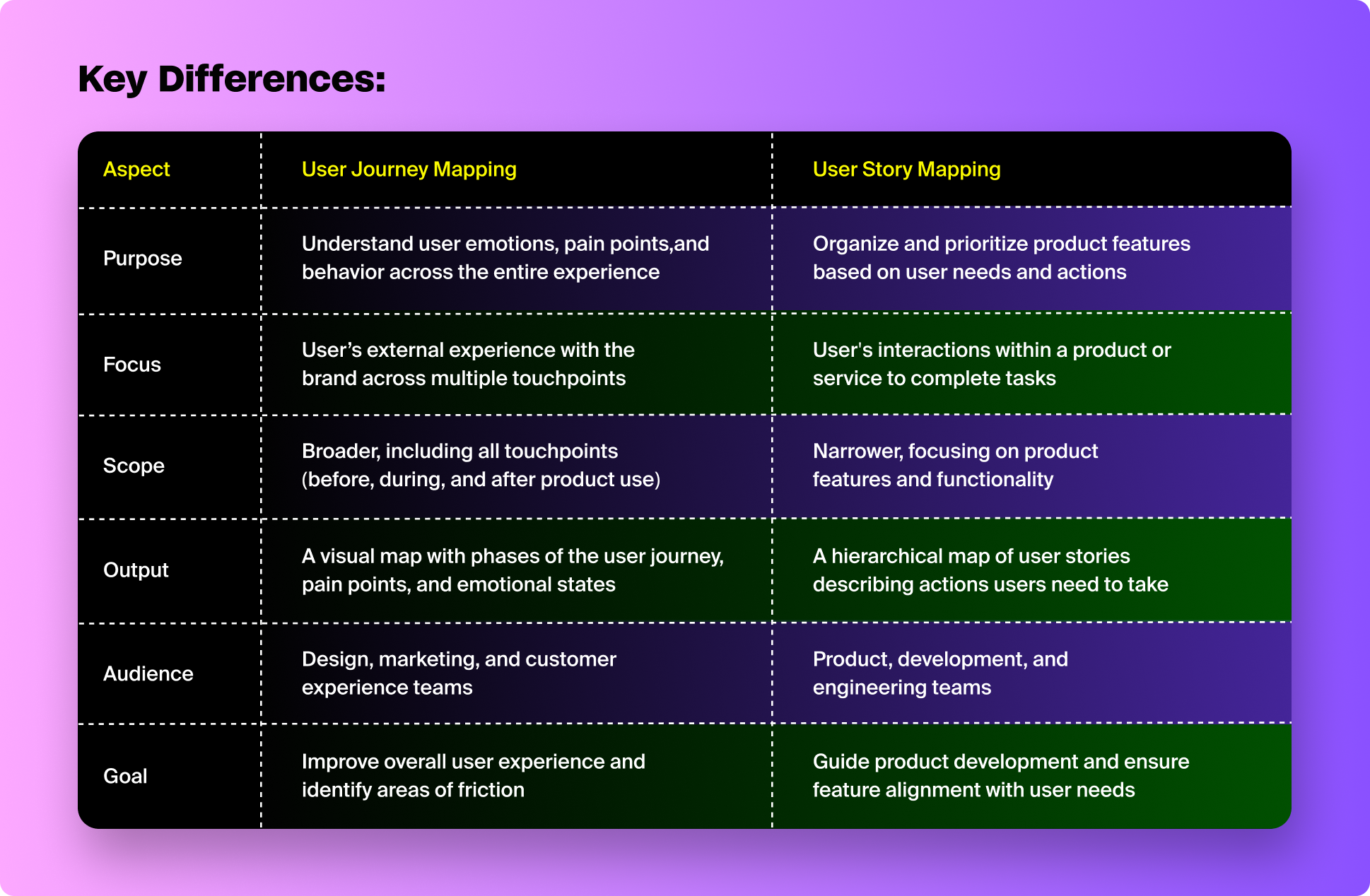To be a great designer, we will need to take a deeper look into how design decisions are made and how that impacts the overall user experience. User experience or UX design principles are key to understanding why certain design decisions may lead to more seamless user journeys and ultimately drive more conversions. For a design to be successful, the user must always be at the forefront of any design decision being made. Let’s take a look into how to incorporate UX principles when it comes to designing for overall conversion rate optimization (CRO).
Create a High-Converting Website with UX Design
Differences & Similarities between UX and CRO
Before getting into specifics, it is helpful to have a general understanding of the similarities and differences between UX and CRO. A CRO expert generally focuses on tracking click- through rates, form sign-ups, and other call to actions to maximize overall conversions. By utilizing tools like Google Analytics and Hotjar to test and analyze metrics. From forming hypotheses to optimizing the user journey, the goal is to increase the amount of users that take a specific action.
On the other hand a UX expert focuses on how a design can create an overall simple and easy to understand, user experience. The work often involves honing in on who the user is, mapping out the user journey through flows, wireframes, and developing personas. Research and testing involves finding key user pain points in order to improve the overall experience in an efficient way.

CRO and UX roles overlap in that they both utilize data, results, and findings to optimize the overall user journey or experience. This can involve A/B testing or optimizing designs to determine what changes make the most impact to drive toward an action. Both play a key role in how the user journey is ultimately shaped.
UX Research Strategies to Understand User Needs
Research and understanding the users needs is a critical UX strategy when designing with conversion rate optimization in mind. This means dissecting the problems users are facing, the main goals users are trying to achieve, and how they will interact with a product. There are different UX methods that can help identify the key problems and goals at hand.
1. User Interviews & Surveys
Conducting user interviews, or implementing user surveys are a key way to understand were the user is at. For instance, if we were trying to create a product that helps users with their travel booking, we would want to understand more about the user themselves and what problems they are experiencing.
General questions to ask during an interview or survey could look like:
- What does your daily life typically look like: work, family, etc?
- When and where do you typically book your travel?
- What is the main purpose or goal you are trying to achieve while booking travel?
- What are the most challenging or frustrating points of booking a trip?
- What solutions do you think would make it easier for you to complete what you are trying to do?
- If there is something you would like to change or improve about the product you currently use, what would that be?
These questions will vary based on where in the product development process a company is at, whether it is conducting research for a new feature, or a feature optimization, or an entirely new product from scratch. In order to design a product or website that is easy to use, it is key to understand how this product fits into a user’s day to day life.
2. User Journey & User Story Mapping
A user journey map helps break down how customers interact end-to-end with a product from the initial touch point to a specific action and post-action. The map is typically a diagram or a set of diagrams that show the steps and touchpoints while interacting with a product or service. It is common to tie the touchpoints back to how the user is feeling at the moment as well as their pain points and motivations. The user journey map is typically broken down into five stages: Awareness, Consideration, Acquisition, Service, and Loyalty.

Another helpful strategy for improving CRO with UX research is creating user story maps. These maps focus on tasks that users need to complete to accomplish a task. This helps product and development teams to understand what functions need to be prioritized to create a minimum viable product. For instance going back to a start up travel booking company, the user story map would include steps users take to search date availability, or hotel accommodation availability, as well as checkout.
ChatGPT breaks it down into this concise chart to compare user journey and user story mapping:

Both maps are helpful tools in understanding how a user thinks, what actions they need to take and what they are looking for. This helps ultimately improve CRO when the product or service is created or updated.
3. Heat Maps
Another tool that is helpful for both designers and CRO experts isare heatmaps. Heatmaps capture where users have clicked and scrolled throughout a website to help identify where there is friction and what frustrates users. Hotjar for instance, records user sessions and provides heat maps that show areas of high clicks, or how far users typically scroll down a page. It also provides insights across different device sizes. By analyzing heatmaps, solutions to different user pain points can be addressed and optimized.

Core UX Principles That Enhance CRO
In addition to research strategies and analytic tools that benefit both UX and CRO optimization, there are core UX principles that improve the overall design and user experience of a product, website, or landing page. In regards to design, this means creating an intuitive design system as well as overall content structure, which involves:
1. Information Architecture
By having a clear architecture or structure of any landing page or product application allows users to navigate through the product smoothly and intuitively. This includes having clear labels, text hierarchy, action buttons and prioritizing the information that users need most.
2. Error Handling
Having clear user feedback interactions such as when an action they take is successful as well as when something they have entered is incorrect, is also a key element in helping users get to an end goal action. This includes having error messaging and also allowing users to make mistakes and fix them, rather than getting them stuck at certain step.
3. Accessibility
Accessibility is also a critical step in improving the user experience in terms of enough color contrast to ensure people can actually see the content at hand, or having large enough buttons or text sizes to ensure legibility and clickability. In addition to following Web Content Accessibility Guidelines, having other tools like screen readers anddictation tools to be able to reach a wider audience who may have disabilities.
Why UX & CRO Matters
Implementing UX research strategies and UX best design principles and practices into websites, landing pages, and products are crucial for optimized CRO. From conducting interviews to creating user maps, there are many ways to discover what users are actually struggling with and how to better address those pain points. Other analytics tools like Hotjar also help bridge design and CRO teams when it comes to understanding how users are converting and optimizations that can be made.
At the core of designing for the user always involves keeping core UX principles in mind such as how information is organized and how they support the user as they take different actions. At the end of the day, UX and CRO go hand and hand. Learnings and collaboration between the teams can only help create a stronger user journey. If you need help optimizing your website for UX and CRO, our experts can help; feel free to reach out to us.





